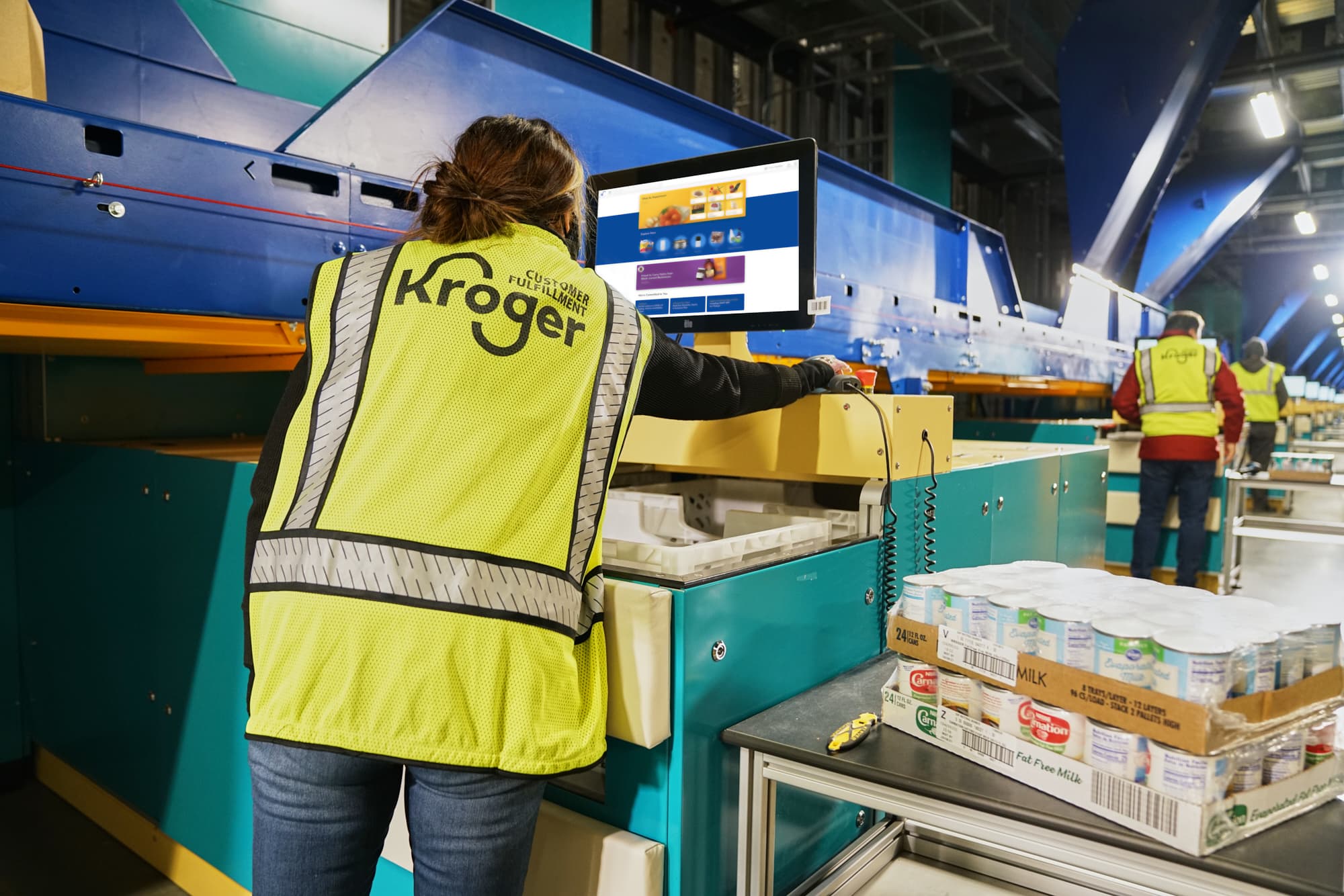As many prepare for holiday gatherings, demand for testing has increased, but for those using at-home testing methods, how accurate are they and should you rely on them?
There are a number of at-home options now available and Chicago Department of Public Health Commissioner Dr. Allison Arwady recently advised using them ahead of holiday gatherings.
Here's what you should know.
How accurate are the at-home tests?
The most accurate form of COVID testing is a PCR test, though no at-home tests currently authorized offer this method and instead rely on antigen testing.
Arwady said that while PCR tests may detect COVID earlier because they are more sensitive, at-home antigen tests are similar to a pregnancy test in that "they're not looking for the genetic material of the virus itself, they're just looking for, you know, for a protein."
According to Dr. Nimmi Rajagopal, the associate chair of the Department of Family and Community Medicine for Cook County Health, the accuracy of the test "depends on the scenario."
"There are, of course, with any tests, there's a ratio of you can get false positives or false negatives and these tests fall in that same realm," she told NBC Chicago last month. "So it kind of depends on what you're testing for and what the risk is."
Home tests will miss some infections and in rare cases mistakenly indicate an infection. One popular test misses around 15 out of 100 infections — these are called “false negatives” — and gives a false positive result in about 1 in 100 people who aren’t infected.
But Arwady said "you can feel confident" with results from such tests if they are taken within 24 hours of a gathering.
Feeling out of the loop? We'll catch you up on the Chicago news you need to know. Sign up for the weekly Chicago Catch-Up newsletter.
"Even on the unlikely event [those tested] actually have COVID and don't know it, they are unlikely to have COVID at a level that they're going to spread it," she said during a Facebook Live Tuesday. "If somebody still got really bad COVID symptoms and they've had an exposure like that should, you know, you shouldn't gather."
With many factors playing into the effectiveness of the tests, including timing and type of test, many experts agree. Rajagopal recommends those who have lingering symptoms and known exposure who receive a negative test continue to isolate and monitor, and take another test in a few days or contact their health care provider for further guidance.
"So if someone is having symptoms and they get a negative test, one, it depends on the severity right? If you're having severe symptoms we don't want you to just do a home test either," she said. "We want you to call your doctor's office and make sure that they have an opinion here because there are of course other things like the flu that are out there that can mimic symptoms or have similar symptoms. But if you're having symptoms and they're kind of mild and lingering and you use the test and it's negative, we want you to take the precautions and then retest in three to five days. And that's why most of these kits actually come with two tests."
“These tests need to be used judiciously,” Cole Beeler, director of symptomatic testing for Indiana University’s COVID-19 Medical Response Team and an assistant professor at the IU School of Medicine, told NBC News. “If you had a high risk exposure and/or are symptomatic and you have a negative test, it still may be worthwhile to get a formal test done in a hospital lab.”
But Arwady added that the tests "help for sure."
"Nothing is 100% but a combination of a fully vaccinated, boosted and then even on top of it, if you want another level of protection, tested gathering is really the best thing that we have in terms of helping to keep setting as safe as they can be," she said, adding that the at-home tests are "quite reliable and I encourage people to use them."
Where can you get an at-home test kit and how do they work?
Testing kits are available at drugstores without a prescription, and a box with two tests typically costs about $25. Swabs, testing solution and instructions are included.
Adults and teens can test themselves. An adult can test a child as young as 2. How-to videos on product websites can be helpful.
Most tests require swabbing about a half inch inside both nostrils, so it may tickle but doesn't hurt. You will get a positive result if the test detects a viral protein in your sample.
Is one at-home test better than the others?
The test that has been available the longest is the BinaxNow test, which can be purchased at major stores like Walmart, Walgreens, Target and more. But according to the FDA, there are nearly a dozen over-the-counter tests currently authorized for at-home results.
Most recently, the agency gave emergency use authorization to the Celltrion DiaTrust COVID-19 Ag Home Test.
According to the FDA, the test can be used by people with COVID-19 symptoms and does not require a prescription. It can also be used by people without symptoms for serial testing, which means the test is performed two times over three days.
Chicago's top doctor has said the antigen home COVID tests are both accurate and convenient.
"Especially if your child or you, you know, are having symptoms, it's a very, very good test," Chicago Department of Public Health Commissioner Dr. Allison Arwady said during a Facebook Live in August. "If you're not having symptoms, it's still a good test. And it's the one that you can just take it home and have a result of in 15 minutes. It's like a pregnancy test - you see it right off the bat."
Arwady was specifically referring to the BinaxNow tests.
“The BinaxNOW Self Test opens the door for Americans to buy an accurate and affordable test on their own terms, when and where they need it,” Andrea F. Wainer, executive vice president of Abbott’s rapid and molecular diagnostics business, said in a statement at the time. “Together with vaccines and like-minded partners such as Walgreens, we can help people get back to doing what they love – like spending time with friends and family.”
The FDA first gave emergency use authorization for Abbott Labs' rapid COVID-19 test for at-home, over-the-counter and non-prescription use in March.
Customers can self-administer the test using a short nasal swab and check test results in 15 minutes.
According to the manufacturer’s instructions for use, people using the test should test themselves twice with at least 36 hours between tests. The test can be used on children as young as 2 years old when samples are collected by an adult and for all people aged 15 years or older.
"If someone is really having symptoms and you're not sure, you might still need to stay home and/or get a PCR test, but I strongly recommend those home COVID tests," Arwady said. "They are approved for children, you know, who are very young and they're self administered and I think it's very helpful to have them available at home so if somebody's got symptoms, you're not running around trying to find a test for them at that point."
Individuals who test negative should continue to stay cautious, however, officials urged.
Do the tests get reported to health officials if positive?
Those who test positive are asked to follow the latest CDC guidelines and communicate the results to your healthcare provider, who is responsible for reporting your test results to the state health department.
Arwady said previously that that process is not likely happening for every test.
"All of those negatives realistically are not being reported," Arwady said. "We're not counting, you know, it's a fiction that we've ever counted every COVID test."
She added that though many home tests are not being reported, positive results likely are provided to health care providers, then to the health departments.
What's the difference between at-home tests and home collection tests?
Home collection tests involve taking a sample from your home and then sending it to a lab for results.
At-home tests allow for results from a sample and results are available within minutes.
What about false positives?
The FDA issued an alert in early October about the potential for false-positive results with some home COVID-19 tests produced by Ellume.
The tests were sold at various retailers nationwide.
"In recent weeks, we noted an increased chance that Ellume COVID-19 Home Tests from specific lots may provide an incorrect positive result," the company wrote in a statement.
The company also said, "the reliability of negative results is unaffected by this issue and are not included within this recall."
A manufacturing issue is said to be the cause of the problem. The affected test kits are being pulled off store shelves.
The FDA recommends contacting your health care provider, urgent care facility, or other COVID-19 testing site and request a COVID-19 molecular diagnostic test if you received a positive test result with one of the affected lots of the Ellume COVID-19 Home Test in the last two weeks and have not already had a follow-up molecular diagnostic test to confirm the positive test result.
But according to the FDA, "all tests can experience false negative and false positive results."
"Individuals with positive results should self-isolate and seek additional care from their health care provider," the agency said in a release. "Individuals who test negative and experience COVID-like symptoms should follow up with their health care provider as negative results do not rule out a COVID-19 infection."
It remains unclear if vaccination status plays a role in the effectiveness of a test.
Rajagopal said data is not currently available to answer the question, but noted that false positives and false negatives can occur in any individual regardless of vaccination status.
Will experts be using these tests for their own family gatherings?
“We will be using rapid tests to doublecheck everybody before we gather together,” says Dr. Emily Volk, president of the College of American Pathologists, who is planning a holiday meal with six vaccinated family members. “We’ll be doing it as they come in the door.”



